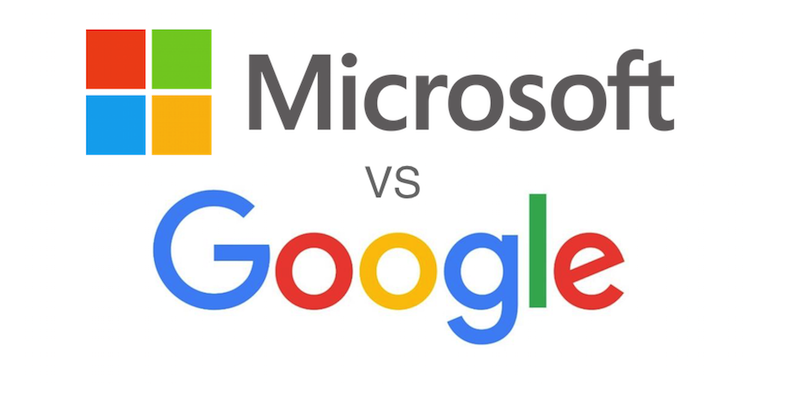

It’s more than likely that a functionality that you need is now a part of Microsoft 365. Many people are surprised to learn the breadth of solutions within Microsoft 365. Many commonly used business management capabilities, collaboration tools, document and file management workflows, and even backup can now be found within Microsoft 365.

On the flip side of desktop product obsolescence, Microsoft’s strategy is clearly to provide a one-stop-shop of immense and ever-increasing value to Microsoft 365 subscribers. For people operating expired versions of software, these can become openings for hacking and malware that can put you, your data, and your organization at risk. That means the potential for no patches, upgrades, training or support. Cloud subscriptions to Microsoft products will always provide up-to-date security patches, while standalone perpetual license products have no such guarantee. This includes not only the Microsoft 365 suite, but also Windows itself. One of the main reasons that you need to be thinking about moving to Microsoft 365 is that Microsoft is ending the desktop products as we have come to know them and is moving everyone to their subscription-based cloud solutions. We’ll review some of the reasons that you might need to consider migrating to Microsoft 365. When faced with licensing a software suite in this new manner, there are several considerations you will want to take into account, especially since Microsoft 365 will affect many, if not all, employees. Licensing Microsoft 365 through a subscription is a big shift for many companies, which have historically purchased Office products via a one time fee, and then used the software as long as they could.


 0 kommentar(er)
0 kommentar(er)
